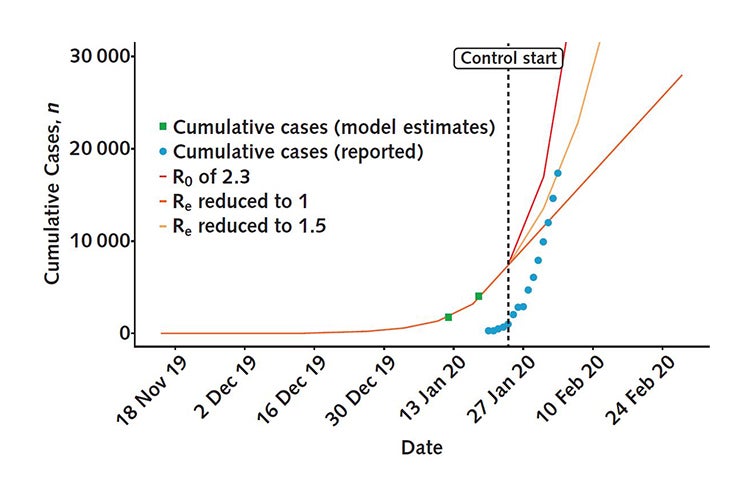Study exploring the idea of a Fall 2020 resurgence. Thank you.
Pollen Explains Flu-Like and COVID-19 SeasonalityAbstract
Current models for flu-like epidemics insufficiently explain multi-cycle seasonality. Meteorological factors alone do not predict seasonality, given substantial climate differences between countries that are subject to flu-like epidemics or COVID-19.
Pollen is documented to be antiviral and allergenic, play a role in immuno-activation, and seems to create a bio-aerosol lowering the reproduction number of flu-like viruses. Therefore, we hypothesize that pollen may explain the seasonality of flu-like epidemics including COVID-19. We tested the Pollen-Flu Seasonality Theory for 2016-2020 flu-like seasons, including COVID-19, in The Netherlands with its 17 million inhabitants. We combined changes in flu-like incidence per 100K/Dutch citizens (code: ILI) with weekly pollen counts and meteorological data for the same period. Finally, a discrete, predictive model is tested using pollen and meteorological threshold values displaying inhibitory effects on flu-like incidence.
We found a highly significant inverse association of r(224)= -.38 between pollen and changes in flu-like incidence corrected for incubation period, confirming our expectations for the 2019/2020 COVID-19 season. We found that our predictive model has the highest inverse correlation with changes in flu-like incidence of r(222) = -.48 (p < .001) when pollen thresholds of 610 total pollen grains/m3 per week, 120 allergenic pollen grains/m3 per week, and a solar radiation threshold of 510 J/cm2 are passed. The passing of at least the pollen thresholds, preludes the beginning and end of flu- like seasons. Solar radiation is a supportive factor, temperature makes no difference, and relative humidity associates even with flu-like incidence increases.
We conclude that pollen is a predictor for the inverse seasonality of flu-like epidemics including COVID-19, and solar radiation is a co-inhibitor. The observed seasonality of COVID-19 during Spring, suggests that COVID-19 may revive in The Netherlands after week 33, the start being preceded by the relative absence of pollen, and follows standard pollen-flu seasonality patterns

































































